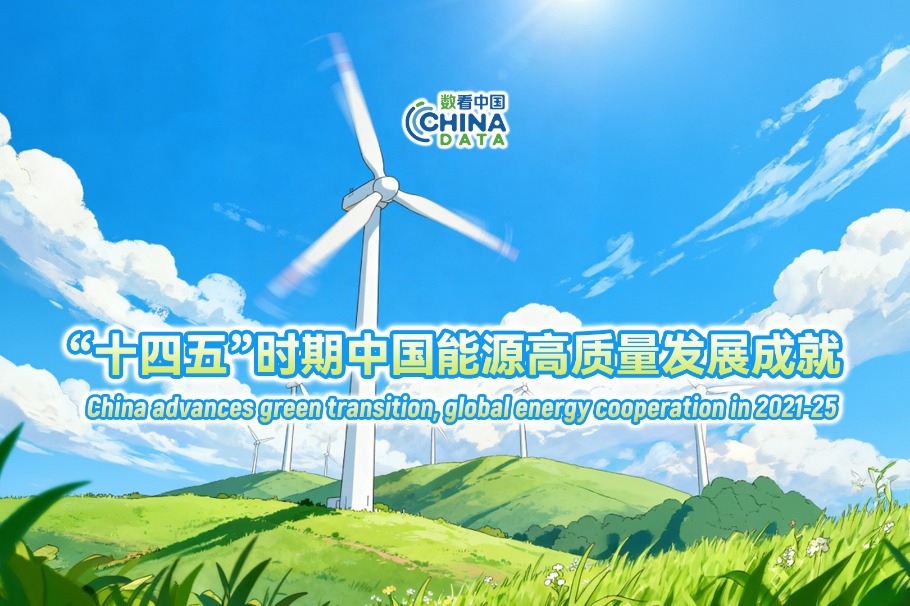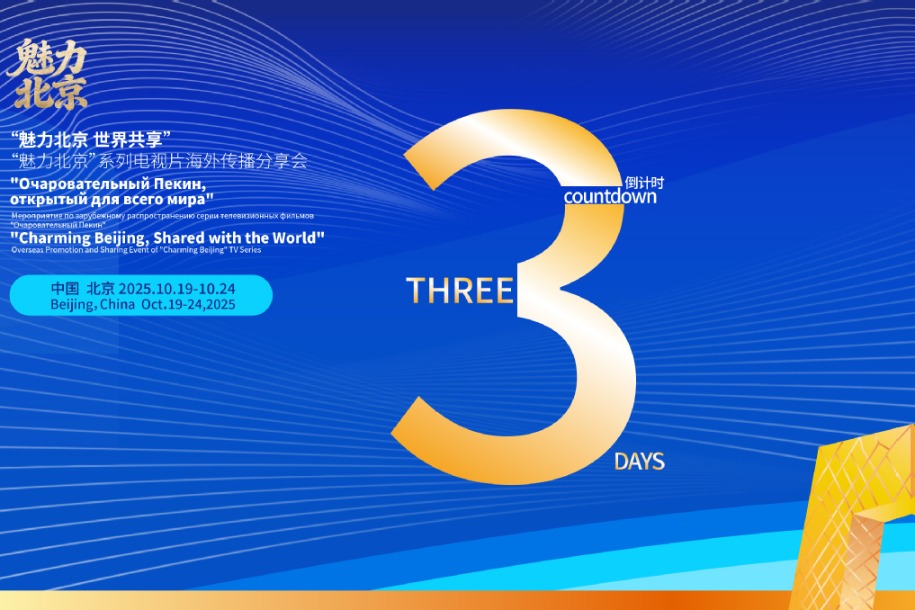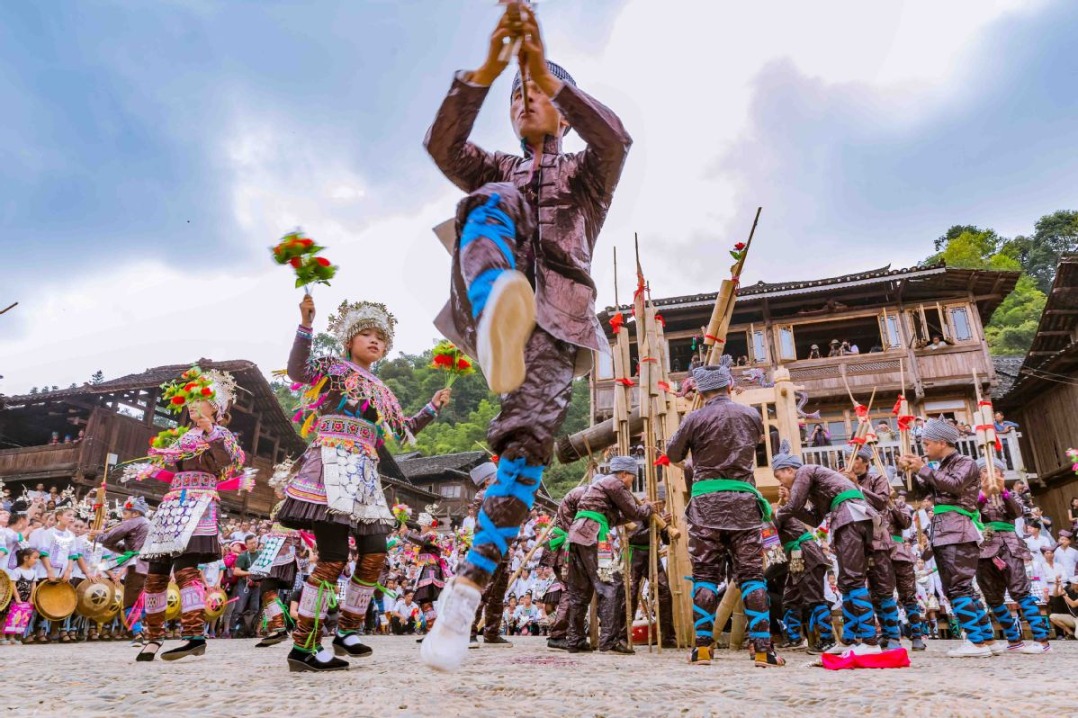CITIC plant in Morocco gets Africa's first Lighthouse Factory tag
By YIN MINGYUE, TAN GUOLING and PANG BO | China Daily Global | Updated: 2025-01-16 09:20

CITIC Dicastal's Morocco plant has been recognized as Africa's first "Lighthouse Factory", marking a major milestone in the continent's adoption of intelligent manufacturing.
The recognition by the World Economic Forum on Tuesday highlights the Chinese company's efforts to advance high-quality cooperation in countries and regions participating in the Belt and Road Initiative while supporting Africa's industrialization and sustainable development, experts said.
A "Lighthouse Factory" represents the highest standard in intelligent manufacturing and digitalization, serving as a model for best practices in applying "Industry 4.0" technologies.
The latest cohort of Factory Lighthouses provides a blueprint for accelerated deployment of artificial intelligence solutions that bolster productivity, enhance problem-solving capabilities and foster innovation, said the World Economic Forum.
"Across our Global Lighthouse Network, digital technologies are revolutionizing production ecosystems," said Kiva Allgood, head of the Centre for Advanced Manufacturing and Supply Chains, World Economic Forum.
"From AI-driven control towers to zero-code workflows, Lighthouses exemplify sustainable innovation, setting benchmarks that millions can follow to drive transformational change across the entire ecosystem," she added.
Located in the Atlantic Free Zone, CITIC Dicastal Morocco spans 25.33 hectares and comprises three phases dedicated to the production of aluminum wheels and castings.
With an annual capacity of 6 million aluminum wheels and 5 million aluminum castings, it is the largest investment project since the establishment of a strategic partnership between China and Morocco in 2016.
This is CITIC's third Lighthouse site and first one abroad. Badr Lahmoudi, president of CITIC Dicastal Morocco, expects that the know-how of the Morocco plant will be shared across other CITIC plants in countries and regions including Mexico, the United States, Germany and China.
The factory employs advanced intelligent manufacturing technologies, integrating smart equipment, real-time network monitoring, big data analytics, and artificial intelligence into production processes.
These innovations have tackled key industry challenges such as casting process control, defect detection, mold maintenance and energy resource management, said the company.
For example, the "AI-BOX" multitasking machine learning algorithm enables precise control of temperature variations during mold operations and autonomously adjusts process parameters.
This system optimizes over 1,700 control points and improves anomaly handling efficiency by more than 300 percent.
Additionally, a comprehensive mold database, built using 3D scanning and AI fitting algorithms, proactively assesses mold conditions and provides tailored maintenance plans. This full-life cycle management approach enhances productivity and reduces operational disruptions.
The adoption of artificial intelligence and big data technologies has significantly boosted operational performance, increasing overall equipment efficiency by 17.35 percent, enhancing labor productivity by 26.58 percent and reducing the product defect rate by 31.11 percent.
In the field of intelligent manufacturing, CITIC Dicastal Morocco Lighthouse Factory has set a benchmark for the industry, said Lin Shen, an associate research fellow at the Chinese Academy of Social Sciences' Institute of World Economics and Politics.
"Its successful practices inspire other enterprises to increase investment in smart equipment and 'internet plus' intelligent manufacturing technologies, driving transformative changes in production methods across the sector," Lin added.
In addition, the factory's innovations in casting process control have optimized workflows, reduced energy use and minimized waste, providing a model for low-carbon production, Lin said.
According to the World Economic Forum, CITIC Dicastal Morocco has realized a 53 percent reduction in Scope 1 and 2 emissions. Scope 1 emissions are direct emissions from owned or controlled sources of an organization. Scope 2 emissions are indirect emissions from the generation of purchased energy.
"By integrating intelligent manufacturing with green development, it fosters industry-wide sustainability, enhances resource efficiency, and promotes collaborative efforts toward smart and eco-friendly growth," Lin added.
Beyond technological advancements, the project's broader implications extend to Africa's industrial development.
Zhou Mi, a researcher at the Chinese Academy of International Trade and Economic Cooperation, said that the project can help accelerate the industrialization process in Africa, which shows the exploration of a reasonable industrialization path combining local characteristics, rather than simply repeating the process of industrialization in other countries.
"This achievement reflects the strategic collaboration under the Belt and Road Initiative, fostering local employment, enhancing technological expertise, and advancing the industrial and supply chain infrastructure in Africa," Zhou said.
"For Morocco's manufacturing industry, an obvious external effect of upgrading the manufacturing level is expected to be seen," he said.
He also said that the plant, the very first "Lighthouse Factory" in Africa, proves that countries are contributing their collective wisdom, exploring effective pathways for high-quality cooperation under the BRI through a model of consultation, joint construction and shared benefits.
The success of this project hinges on the complementary cooperation between both sides, leveraging their respective strengths, he added.
























